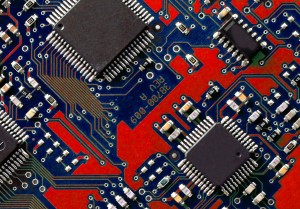Today we review a paper that describes the size and health threat of the annual disposal of 40M tones of e-waste, nearly 50% of which comes from EU and USA/Canada, with most of the disposal and processing taking place in Asian countries such as India, China and Pakistan. E-waste is considered more dangerous than most other municipal waste because of the harmful metals that when incinerated produce high health risk dioxins and furans. Government and public health regulations are called for in the manufacturing and recycling of electronic devices, as well as in the safe handling of the waste management.

Key Quotes:
“E-Waste is the term used to describe old or discarded electronics and appliances, for example, cathode ray tube (CRT) televisions and computer monitors, desktop computers, laptop computers, liquid crystal display (LCD) monitors, cell phones, keyboards, computer mice, printers, and copiers”
“the burning of E-Waste to recover precious metals releases organic compounds and, potentially, dioxins and furans. Arsenic and asbestos may act as catalysts during burning, increasing the formation of dioxins, which are carcinogenic in nature.”
“Approximately 40 million metric tons of E-Waste are produced globally every year, with developed economies such as the European Union and the United States accounting for 22.5% and 24%, respectively (UNEP 2009). Nearly 13% of the world’s E-Waste is managed and recycled by developing countries”
“Informal recycling markets established in China, India, Pakistan, Vietnam, and the Philippines handle from 50% to 80% of the E-Waste managed by the developing countries”
“E-Waste is more hazardous than many other municipal wastes because electronic gadgets can contain thousands of components made of potentially harmful chemicals such as lead, cadmium, chromium, mercury, beryllium, antimony, polyvinyl chlorides (PVC), brominated flame retardants, and phthalates. Long term exposure to these compounds affects the nervous system, kidneys, bones, and reproductive and endocrine systems.”
“Both developed and developing countries share joint responsibility in regulating electronic device manufacturing and E-Waste trans-boundary movement. In countries where primitive recycling processes exist, human health — especially children’s health — should drive regulation and management of recycling activities.”










No comments:
Post a Comment